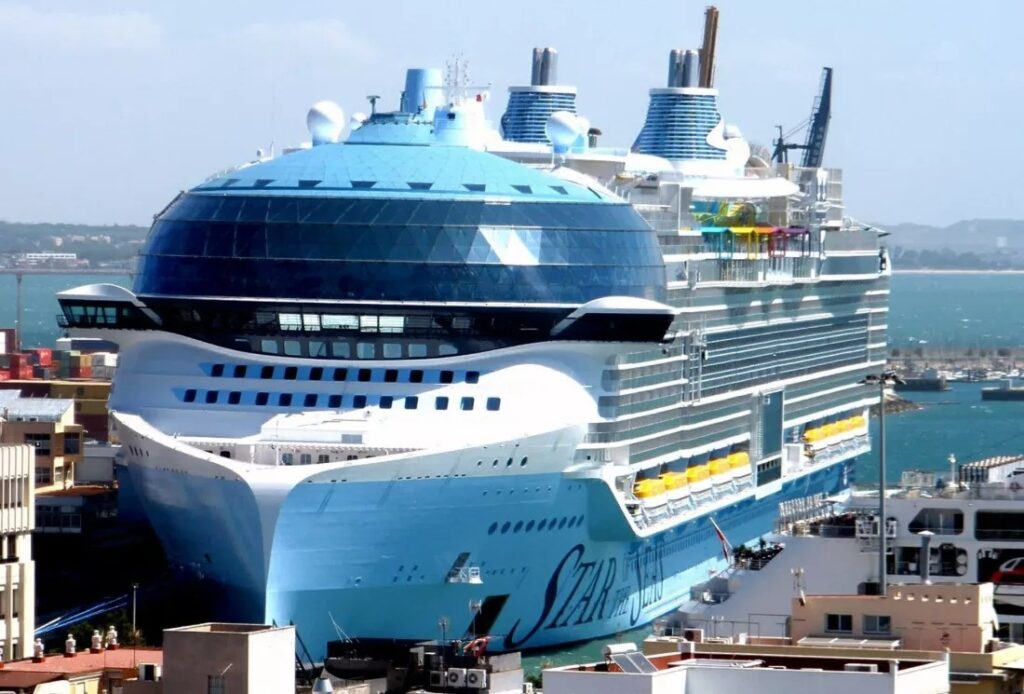
Dead zones at sea just became extinct aboard Royal Caribbean’s Star of the Seas. The world’s largest cruise ship now sports Starlink’s 10Gbps Community Gateway, marking the first commercial deployment of SpaceX’s maritime internet revolution. For cruise passengers who’ve endured years of sluggish shipboard connectivity, this represents a fundamental shift toward modern maritime internet speed infrastructure.
The Reality Behind the Gigabit Promise
Shared bandwidth means individual speeds average around 10Mbps for passengers.
That 10Gbps sounds impressive until you do the math. With over 5,000 passengers and 2,350 crew members sharing the connection, individual speeds hover around 10Mbps—dramatically slower than land-based Starlink’s 100-300Mbps per user. Still, this represents a quantum leap from traditional maritime internet that often struggled to load Instagram photos. The shared capacity model reflects the infrastructure challenges of delivering high-speed internet across open ocean, where every bit of bandwidth carries premium costs.
Premium Connectivity Comes at Premium Prices
Daily internet access costs $18-$30, while operators pay millions for installation.
Royal Caribbean passengers pay $18-$30 daily for access, reflecting the infrastructure reality behind the scenes. The cruise line invested $1.25 million for installation plus $75,000 monthly per gigabit of capacity. These numbers explain why cruise ship internet has historically been terrible—and expensive. The Community Gateway’s operational costs dwarf traditional satellite solutions, but the performance gains justify the investment for premium cruise experiences.
SpaceX’s Laser Network Reaches Open Waters
Community Gateway technology achieved 99% uptime using satellite mesh connectivity in land trials.
The Star of the Seas deployment leverages SpaceX’s global laser mesh network, eliminating dependence on coastal cellular towers or traditional VSAT satellites. Land-based trials achieved 99% uptime, though maritime performance remains unproven over extended periods. The laser mesh architecture allows ships to maintain fiber-like connectivity independent of terrestrial infrastructure, transforming how vessels access global internet resources while navigating international waters.
Maritime Internet Finally Enters the Modern Era
This breakthrough enables real work capability and streaming during sea days.
For travelers who’ve attempted working from a cruise balcony, this technology shift changes expectations entirely. The Community Gateway transforms ships into floating offices with reliable WAN access. Video calls, cloud collaboration, and streaming become viable options rather than exercises in frustration—assuming you’re willing to pay the daily premium for decent speeds. This maritime connectivity milestone positions cruise ships as legitimate remote work environments for the first time.
Last modified: September 16, 2025







